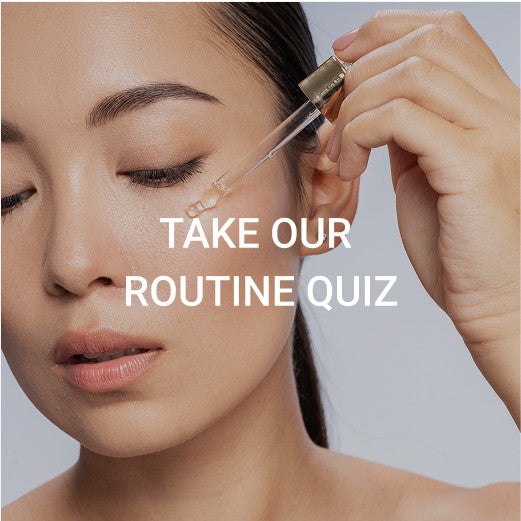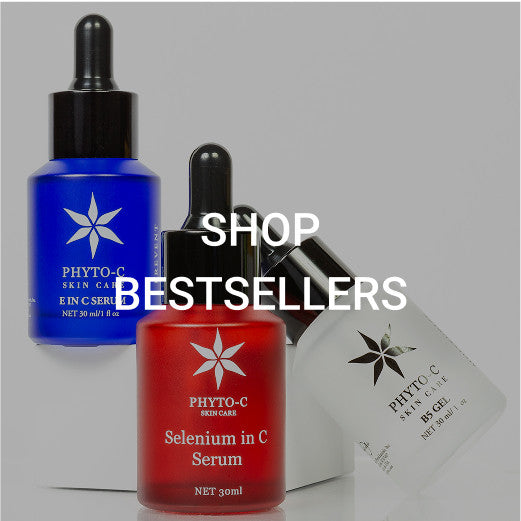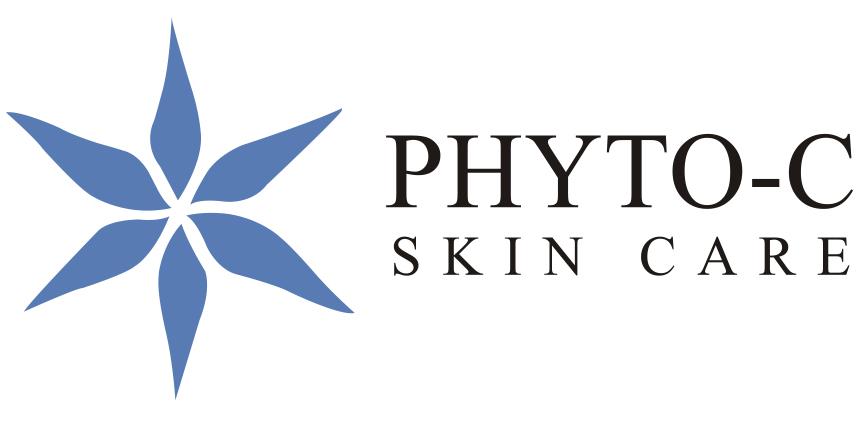Is Sunscreen Safe?
The short answer is no, sunscreen is not completely safe. Ask any dermatologist and they will tell you to wear sunscreen every day. The question rarely asked is if sunscreen is safe? According to the American Academy of dermatology (AAD); everyone should wear sunscreen everyday if they are going to leave the house. The sunscreen application guidelines advised by the AAD are as follows:
How much sunscreen should I use, and how often should I apply it?
- 25-50 percent of the recommended amount of sunscreen is applied.
- Cover all sun exposed skin that clothing will not cover.
- Apply sunscreen to dry skin 15 minutes before being exposed to the sun
- Apply a lip balm that contains sunscreen with an SPF of 30 or more.
- Reapply sunscreen approximately every two hours, or after swimming or sweating, according to the directions on the bottle.
Evidence Suggesting Sunscreen is Not Safe:
According to a recent clinical trial, six active ingredients commonly found in sunscreens were evaluated for their absorption into the bloodstream of 48 healthy volunteers over the course of four days. The ingredients tested were avobenzone, oxybenzone, octocrylene, homosalate, octisalate, octinoxate. These ingredients were determined to be absorbed into the bloodstream at concentrations that exceed 0.5 ng/mL after only one application. This is the safety threshold not to be exceeded as recommended by the Food and Drug Administration.
Active Ingredients in Sunscreen:
The study includes 48 healthy volunteers with no skin issues and included different forms of sunscreen applications including lotion, aerosol spray, non-aerosol spray, and pump spray. Volunteers were to apply sunscreen for 4 days and had a total of 34 blood samples taken over the course of 21 days. Safety threshold for all 6 of the sunscreen ingredients were exceeded. The concentrations remained above the safety recommendation for 23 hours after one application. Even more concerning is the concentrations of the ingredients remained in 50% of the volunteers for over 7 days and up to 21 days for two of the six ingredients.
Are there any Safe Alternatives to Sunscreen?
Consequently, these studies call into question the safety of sunscreens and alternatives for effective photoprotection. Sunscreens are classified as drugs and regulated by the FDA. Therefore, there wouldn't be any direct alternatives comparable to the claims that can be made by a sunscreen.
However, antioxidants applied topically such as vitamin C and vitamin E have been shown to work at the skin's surface but also inside skin1. Following topical application, once the skin is saturated with L-ascorbic acid after 3 days of application, it remains in the skin for up to 4 days1. Direct topical application of antioxidants could be a good alternative to sunscreens for photoprotection and antioxidant benefits. However, it is important to use a clinically tested formulation of vitamin C and vitamin E such as Phyto-C’s E in C Serum. It is important to note that topical cosmeceuticals are not a replacement to sunscreen, but may be effective as a photoprotective antioxidant to correct the visible signs of aging.2
What’s the Verdict on Sunscreen Safety?
The FDA does not recommend to avoid using sunscreens, however, more research is needed before any further decisions can be made regarding the safety of sunscreens containing avobenzone, oxybenzone, octocrylene, homosalate, octisalate, octinoxate.


 My Account
My Account Our Story
Our Story Shipping Information
Shipping Information Returns
Returns FAQ
FAQ Contact Us
Contact Us

 Next Post
Next Post